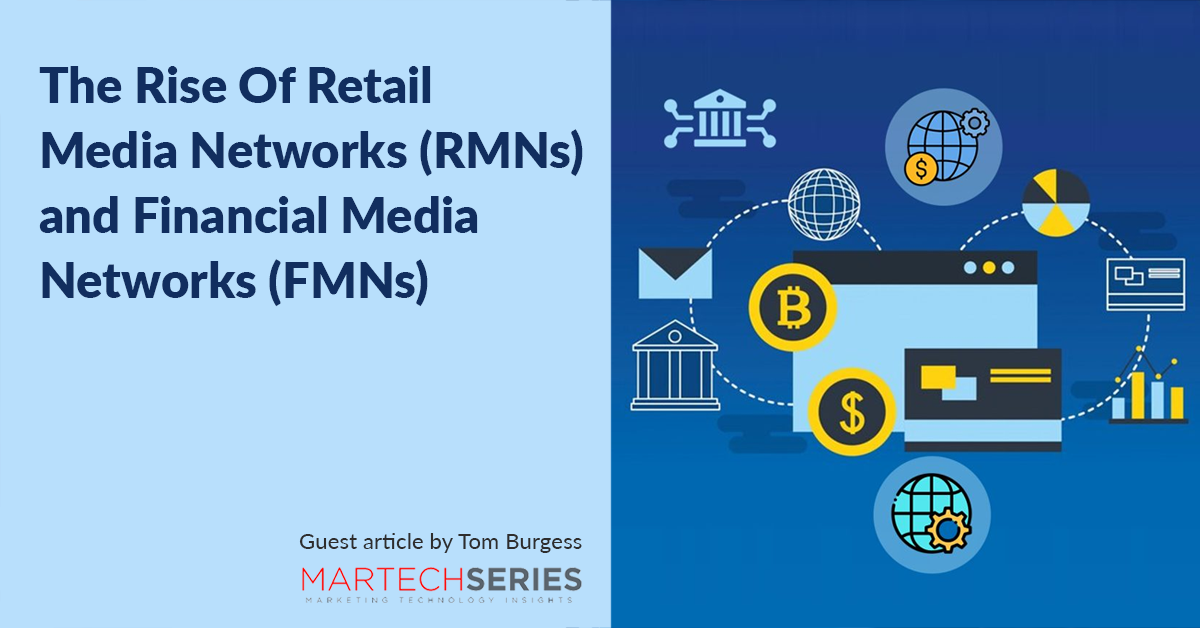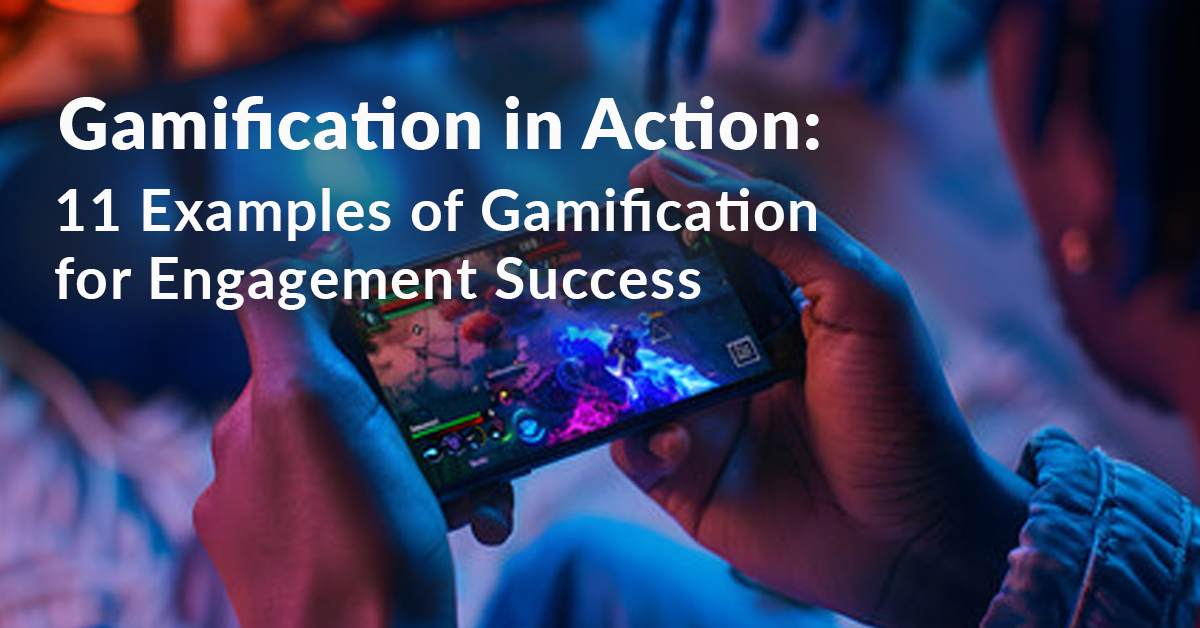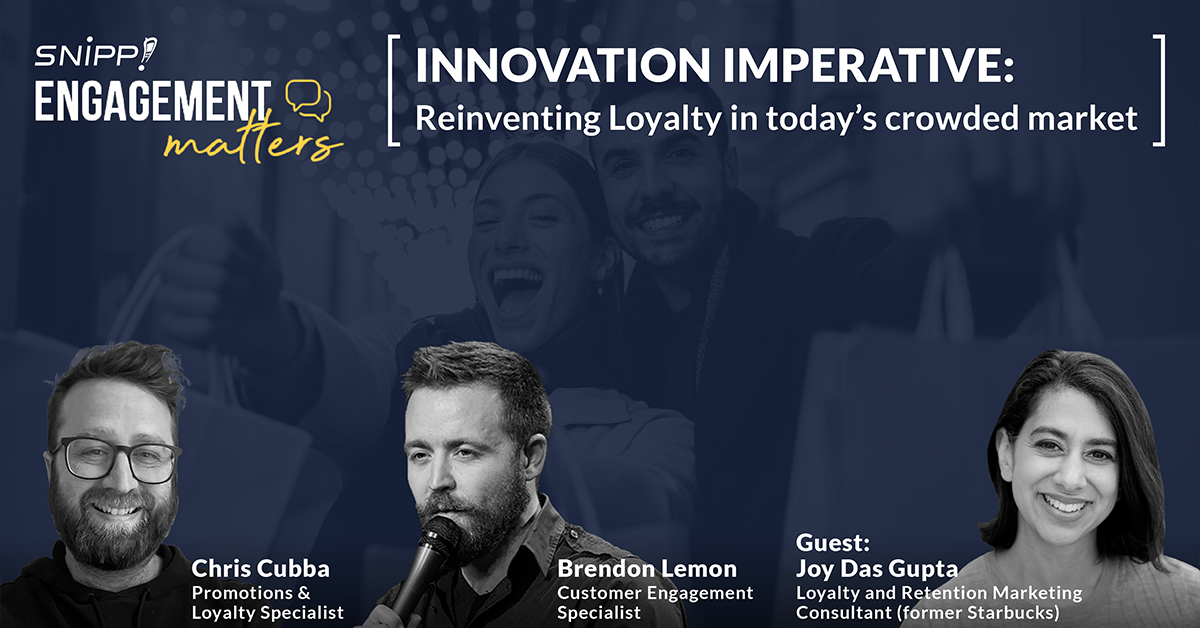Gamification
Every contest should be built around a high-quality customer experience that does more than entertain. It should turn every customer into an advocate who wants to share their experience.
Gamification has exploded in marketing over the last 10 years. And while personalization is starting to become a more effective marketing tactic, in the world of contests and promotions, gaming tropes continue to show great results.
But it goes beyond spinners and scratch cards. If you’re running a poll, quiz, or a loyalty program, progress bars, badges, and achievements are proven to enhance the customer experience and boost engagement.
Time-bound incentives and offers elicit urgency and influences customers to make a purchase decision within the defined time frame. Delivered in the right way, time-bound offers generate additional awareness for your brand and come to a climactic endpoint where customers face a very critical decision: buy now or miss out.
One example of gamification that’s been running since 1987 (believe it or not!) is McDonald’s Monopoly game. Over the course of the campaign, participants win over $40 million in prizes. Every time it runs, it increases McDonald’s sales by 1-6%.
Rewards That Work
Another common pitfall in unsuccessful contest marketing campaigns is a bad reward. Today, customers understand that their relationship with brands is a two-way street. They expect a reward that’s exciting, relevant to their interests, and appropriate for the action they’re taking.
Again, your customer profiles are essential. They help you understand what your audience perceives as high value to give them the incentive they need. General prizes, like big-ticket electronics or holidays, attract entries from people who don’t care about your brand – keep your prizes relevant!
Snipp Tipp: Be carefully of only branded rewards. Customers might love your product but not might want to win a brightly colored shirt with the company logo or a snowboard with your logo on it. Too many companies think "People love our brand, so why not brand everything?" Know your customers and give them things they want.
Generating Long-Term Value
Marketers understand the value of contests and promotions, but some believe that as soon as the promotion ends, all those new potential customers will drift away. Great contest marketing campaigns generate layers of engagement to improve a brand’s stickiness.
Combining a gift with purchase promotion with a sweepstakes overlay encourages participation, as customers are guaranteed to receive a reward, with the promise of a bigger one later. Plus, if shoppers must make a purchase to enter, it drives sales and repeat customers. You can also offer secondary prizes or a "2nd chance" sweepstakes, to further increase customers’ chances of winning something.
Contests and promotions also allow you to collect a significant amount of first- and zero-party data. You can use this data (if collected compliantly) to improve the effectiveness of future campaigns and customer experiences.
Organizations need to change their perspective of contests and promotions as short-term activities that enhance a specific shopping window, like Black Friday. By layering rewards to reactivate customers, contest marketing can deliver long-term ROI.
Build a Contest Marketing Campaign in 5 Simple Steps
- Identify Your Perfect Audience
- Set KPIs, Budget, and Alignment with Other Marketing Activities
- Build Your Contest
- Align Channels & Engage Stakeholders
- Monitor, Track & Test
1. Identify Your Perfect Audience
Use your existing customer profiles to define your perfect audience for your contest marketing campaign. Whatever the goal of your campaign, all marketing activity should drive opportunities for a sale, so be specific, even for brand awareness contests and promotions.
Snipp Tip: Your perfect audience may vary. Many brands work with a variety of personas, so it's important to craft your contest to your audience segmentation, not your product.
2. Set KPIs, Budget, and Alignment with Other Marketing Activities
Make your campaign as quantifiable as possible. Set clear KPIs for what you want to achieve as this will make retrospectives and reporting so much easier. For example, how will you measure customer engagement? Contests require promotion and prize support, so make sure your budgets are realistic.
Finally, remember that you shouldn't create marketing campaigns in a vacuum. By aligning your contest campaign with your wider marketing strategy, it becomes easier to layer promotions and create new points of customer engagement.
3. Build Your Contest
Choose your contest platform and prizes, as well as the channels you’re going to use to promote your contest. You can use a range of content to support your contest marketing campaign, including:
- Promo emails
- In-store POS
- Dedicated microsite or landing page
- On-package codes
- Contest entry forms
4. Align Channels & Engage Stakeholders
You must carefully monitor and align your omnichannel contest marketing campaigns to maximize their effectiveness. Take the time to schedule and manage the delivery of omnichannel promotions so that you walk the line of optimizing awareness without annoying your audience.
For CPG brands that rely on local retailers for sales, this is a great opportunity to build a relationship with them using in-store POS. Similarly, make sure your salespeople are aware of the campaign so they can do their part in promoting it.
5. Monitor, Track & Test
Track key data including customer engagement metrics during and after your contest to identify which types of content, platforms, prizes, and marketing messages resonate most with your ideal customers. Learn from this data to get a better return on your investment the next time you run a contest.
…and that’s all it takes! Support your omnichannel campaigns with powerful martech tools and most of the heavy lifting will be done for you.
Does Your Brand Take Advantage of Contest Marketing?
Contest marketing campaigns deliver the most valuable kind of payoff in the hypercompetitive bid for customer attention: voluntary, validated, and visible customer profiles.
But simply giving something away for free won’t necessarily create the results you need. Use the tactics we’ve described here to level up your contest marketing and turn that Valentine’s Day Giveaway into a long-term marketing asset.
And that’s a prize well worth competing for. See 6 Contest Marketing Examples on this post as well!






